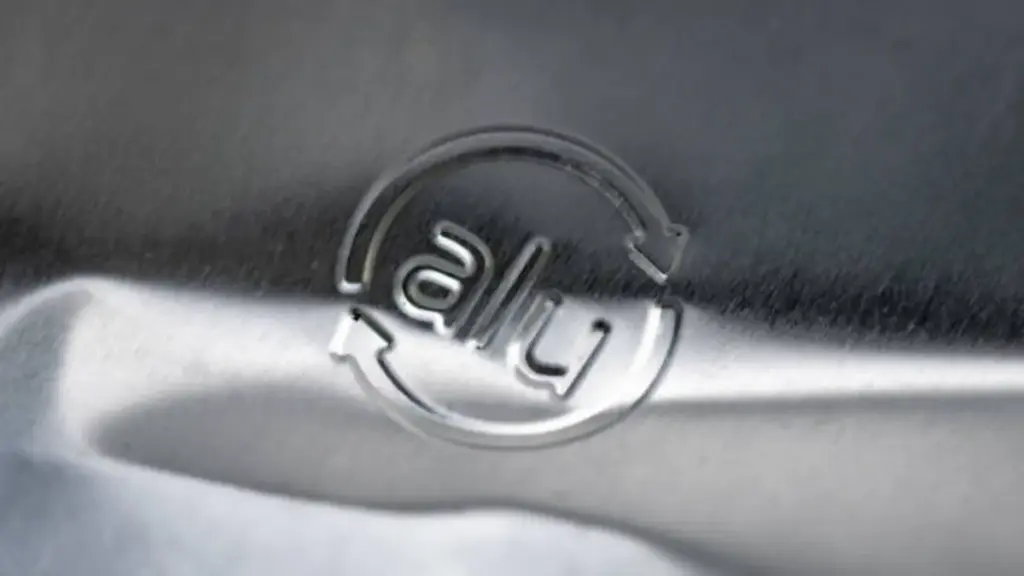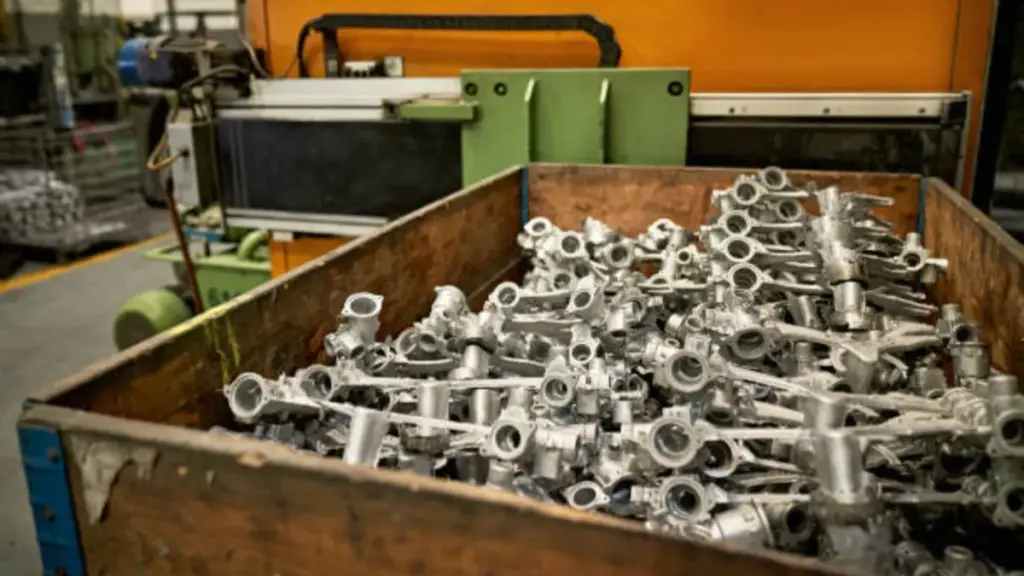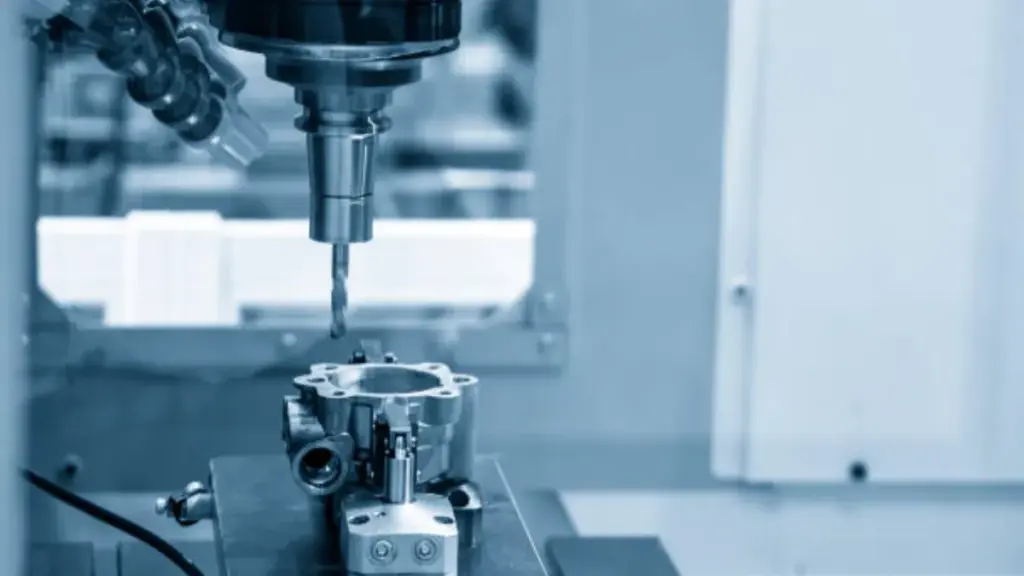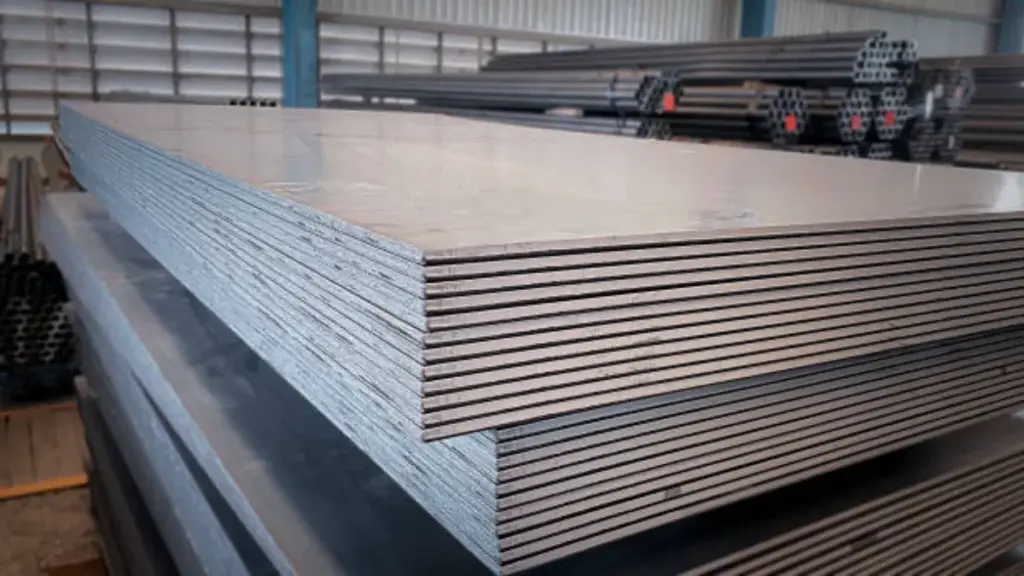Understanding Surface Finish Basics
Aluminum die casting surface finish refers to the texture, smoothness, and overall quality of a component’s exterior layer as produced by a manufacturing process or subsequent treatment. In industrial contexts, surface finish encompasses three main attributes: roughness, waviness, and lay. Roughness is a measure of the minute, closely spaced deviations on the surface. Waviness captures longer, more widely spaced surface variations caused by machine vibrations or tool deflections. Lay describes the predominant direction of the surface pattern, shaped mainly by the machining process.
Importance of Surface Finish in Manufacturing
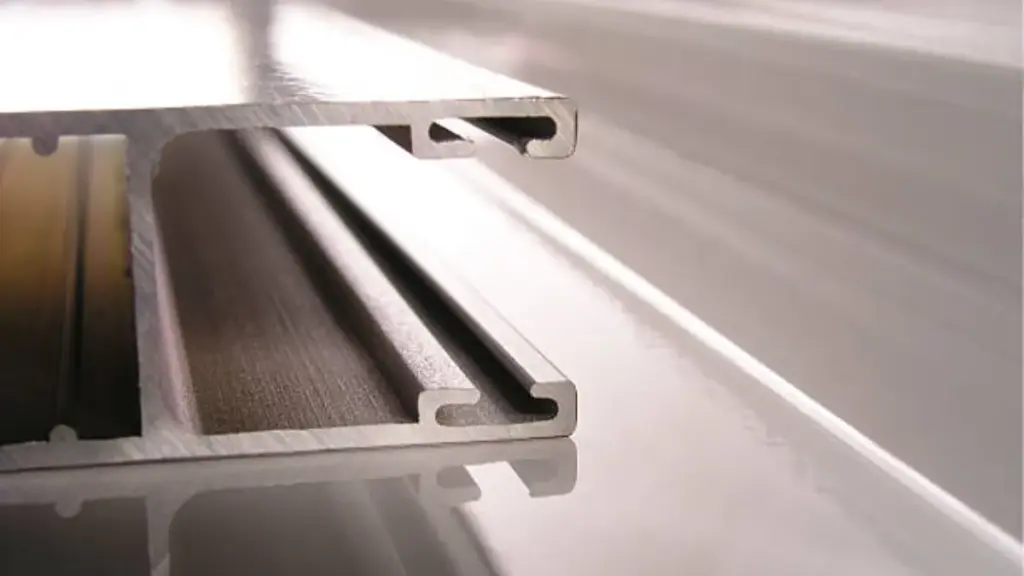
Surface finish fundamentally determines the suitability of a part for its intended purpose. In many cases, a failure to meet required surface criteria can lead to malfunction, premature wear, excessive friction, or sub-optimal performance. 例えば, bearing surfaces and sliding components need tight control of surface roughness to minimize friction and secure a stable lubricating film. Conversely, some bonding and painting operations demand rougher finishes to ensure proper adhesion.
In sectors such as automotive, 航空宇宙, および医療機器, the importance of aluminum die casting surface finish extends beyond functionality to regulatory compliance and end-user safety. For die cast aluminum parts, consistent surface finish acts as a mark of process stability and manufacturing excellence. Maintaining tight surface control helps manufacturers reduce post-processing steps, lower costs, and accelerate time-to-market, all of which are vital in competitive OEM supply chains.
Common Parameters for Evaluating Surface Finish
Surface finish is quantitatively described using several key parameters, the most prominent being Ra (average roughness), Rz (mean roughness depth), そして RMS (root mean squared roughness). The industry often compares rz vs ra surface finish to capture both average and extreme deviations.
| Parameter | Definition | Typical Application | Unit |
| Ra | Arithmetic average of absolute deviations | General roughness control | μm/microinch |
| Rz | Mean peak-to-valley height over the sample | Highlights surface extremes | μm/microinch |
| RMS | Root mean square of profile deviations | Sensitive to large flaws | μm/microinch |
These parameters are measured using profilometers (contact stylus instruments), optical interferometers, or other non-contact technologies.
Surface Finish Standards and Symbols
Precise communication about surface finish requires adherence to established standards and the use of universally recognized symbols. Internationally, ISO 4287 and ISO 1302, as well as ASME Y14.36M and DIN 4768, govern the terminology, measurement, and drawing representation of surface texture. These standards specify sampling lengths, measurement techniques and the units to be used.
On technical drawings, the symbol of surface finish requirements is depicted using marks such as the check mark or horizontal line, sometimes with additional notations indicating processing limits, permissible orientation of lay, and required Ra or Rz values. For die cast aluminum parts, the ability to clearly specify and interpret these symbols ensures mutual understanding between the customer and supplier, reducing error and rework.
Manufacturers must not only be conversant with these standards but also operate equipment calibrated to traceable references. This formal rigor distinguishes quality-focused organizations within the metalworking sector.
How Die Casting Impacts Surface Finish
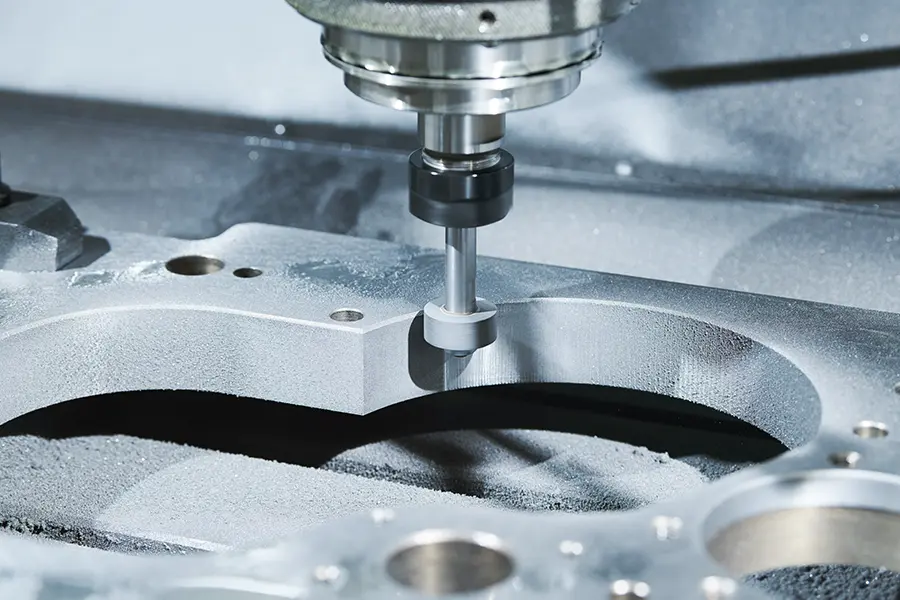
Die casting enables the rapid formation of complex metal components with excellent dimensional stability. しかし, the process itself strongly influences the attainable surface finish. During die casting, molten aluminum is injected into steel molds at high pressure. The quality of the mold cavity, the flow characteristics of the molten metal, and the venting provisions all affect the resulting surface topography.
Defects such as cold shuts, flow lines, and flash can degrade the surface, while well-designed dies coupled with optimized process parameters yield smoother finishes. The as-cast surface of die cast aluminum is usually finer than conventional sand casting, but may be less smooth than machined or polishing finishing surfaces. Texture may also vary over the part, especially in thin-walled or intricately shaped regions.
Secondary finishing processes–including deburring, blasting, 研削, or even CNC machining–are often applied to further improve critical areas or achieve a specific Ra or Rz value. For high-performance and aesthetic components, close cooperation between design, ツーリング, and manufacturing is imperative to synchronize expectations and results.
Improving Surface Finish in Aluminum Die Casting
Enhancing the surface finish of aluminum die casting relies on both precise die design and effective post-casting treatments. Core strategies include:
- Using highly polished steel molds to improve as-cast texture
- Optimizing mold venting and thermal management for better metal flow
- Choosing premium alloys with low inclusions for fewer irregularities
Overview of Common Surface Finishing Techniques:
| Finishing Method | Typical Ra Range (μm) | Key Features | Main Applications |
| Grinding | 0.1 – 0.4 | Very smooth, tight tolerance | Bearing surfaces, sealing faces |
| Polishing Finishing | 0.05 – 0.2 | Mirror gloss, aesthetic focus | Decorative, optical, or display components |
| Tumbling/Vibratory | 0.4 – 1.6 | Deburring, batch efficiency | Small machined and cast parts |
| Bead Blasting | 1.0 – 3.2 | Uniform matte, clean look | Cosmetic aluminum housings, prep for coating |
| 陽極酸化 | 0.8 – 3.2* | Corrosion resistance, 色 | Electronic, 自動車, 消費財 |
| Electroplating | 0.1 – 1.6 | 硬度, 耐摩耗性 | Connectors, high-durability surfaces |
*Note: The final roughness also depends on pre-treatment.
Most aluminum die cast parts benefit from these post-processes to achieve functional, aesthetic, or regulatory requirements. Leading suppliers like Bian Diecast utilize automated cleaning and real-time inspection to ensure consistent quality.
Cost vs Function: Choosing the Right Finish
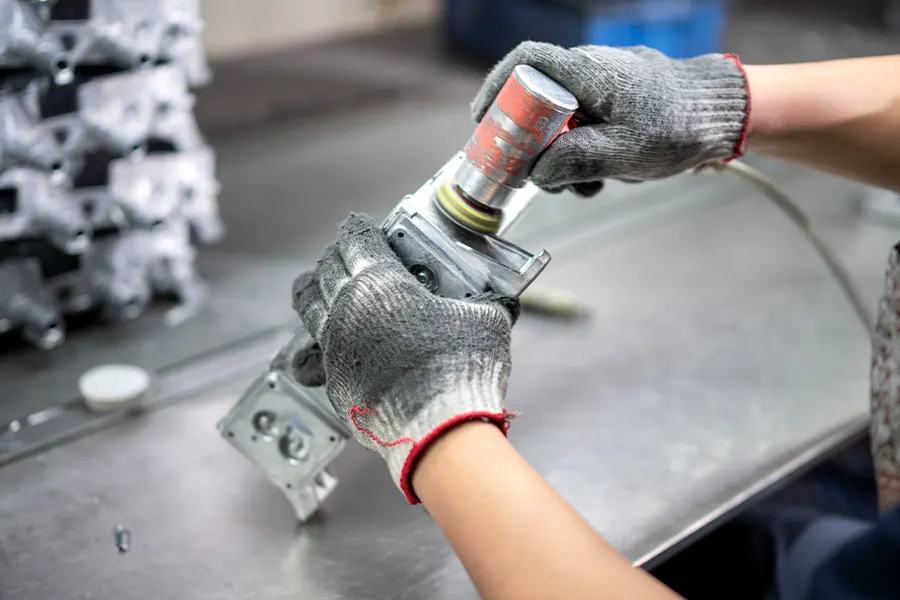
Selecting the right aluminum die casting surface finish is a strategic decision. While smoother surfaces may enhance function or aesthetics, achieving them entails higher tool wear, longer cycle times, and the need for secondary processes. These factors incur additional costs and potentially extend delivery schedules.
In practical terms, the optimal surface finish is determined by balancing functional requirements against budget. For die cast parts, specifying only the necessary level of smoothness—whether quantified by Ra, Rz, or through the correct symbol of surface finish—can generate substantial savings without compromising performance. Drawing on expert guidance, reviewing application-specific standards, and benchmarking supplier capabilities allows engineering and procurement teams to implement informed decisions.
Manufacturers like Bian Diecast can provide costed options based on various finish grades, helping customers make value-driven choices, whether surface integrity, appearance, or cost control is the overriding concern.
Why Choose Bian Diecast for Quality Surface Finish
When selecting a supplier for アルミダイカスト projects, the reliability and consistency of delivered surface finish should be a critical determinant. Bian Diecast distinguishes itself by leveraging advanced die technology, strict process control, and a holistic approach to quality management, ensuring that every part meets or exceeds customer expectations for surface integrity.
Through investment in state-of-the-art equipment and continuous training, Bian Diecast delivers as-cast and custom-finished parts with precise Ra and Rz values, minimal defects, and tailored surface qualities suitable for a wide range of industries. The company’s commitment to transparency allows specifiers to review actual test data and finish metrology reports before finalizing design and production.
Unique capabilities include:
- In-house die maintenance guarantees consistently smooth mold surfaces
- Efficient secondary finishing for enhanced cosmetic and functional performance
- Real-time inspection and data traceability for every lot
- Responsive engineering support to optimize part design for targeted finishes
For more details and inquiries, visit Bian Diecast’s website.

